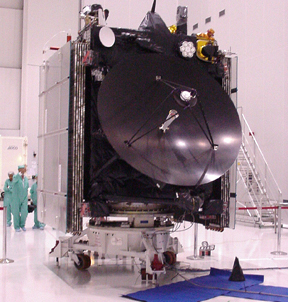The Rosetta spacecraft on its fueling stand.
Click on image for full size
Courtesy of the European Space Agency
Rosetta Mission Page
Have you ever wondered what it would be like to be able to visit (and even ride on!) a comet? There is a new space mission that is going to do just that!
The Rosetta Mission will travel to visit a comet. When it gets there, one part of the spacecraft will begin to orbit the comet. The other part of the spacecraft will actually crash into the surface of the comet! It will remain on the comet (basically riding the comet through the solar system!)
Scientists are going to use different instruments on Rosetta to learn all about comets. They will study the comet's nucleus, coma and tail.
The Rosetta spacecraft is named after the Rosetta stone, a famous stone that allowed us to figure out what Egyptian hieroglyphics say.
Rosetta will launch on February 26, 2004.
You might also be interested in:
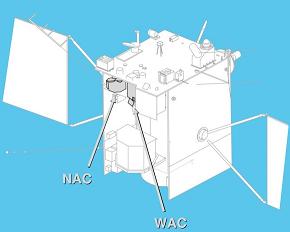
This picture shows two of the instruments on the Rosetta spacecraft. The instruments are colored gray in the picture. These instruments are two of the cameras on Rosetta. NAC is the Narrow-Angle Camera.
...more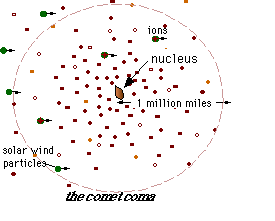
As the ices of the comet nucleus evaporate, they expand into a large cloud around the middle part of the comet. This cloud, called the coma, is the atmosphere of the comet. It can extend for millions of
...more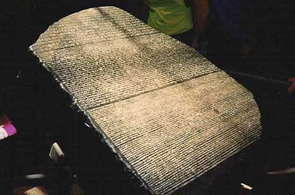
For thousands of years, the Egyptian civilization used a written language called hieroglyphics. You may have seen this language before. It uses a lot of pictures to get a point across. When people started
...more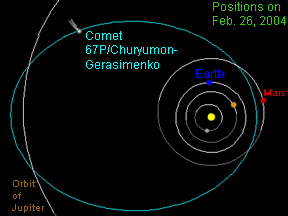
Comet Churyumov-Gerasimenko was discovered in 1969. It is named after the two scientists who found it, Klim Churyumov and Svetlana Gerasimenko. The comet goes around the Sun once every 6.57 years. The
...more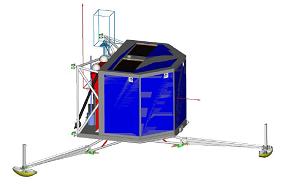
The Rosetta lander has many instruments that it will use to make measurements when it lands on Comet Churyumov-Gerasimenko. The instruments carried by the lander are listed lower on this page. The instruments
...more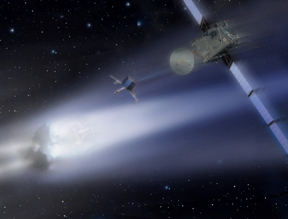
You might have heard of the Rosetta Mission. It was suppose to launch in January 2003. And it was suppose to send a spacecraft to land on a comet. Unfortunately, the launch had to be delayed! But the spacecraft
...more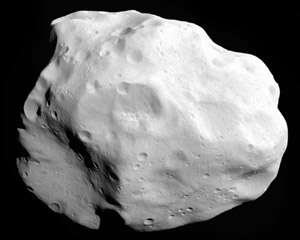
Lutetia is a medium-sized asteroid. It orbits the Sun in the main asteroid belt. The asteroid belt is between the planets Mars and Jupiter. Lutetia was discovered by Hermann Goldschmidt in Paris in 1852.
...more


